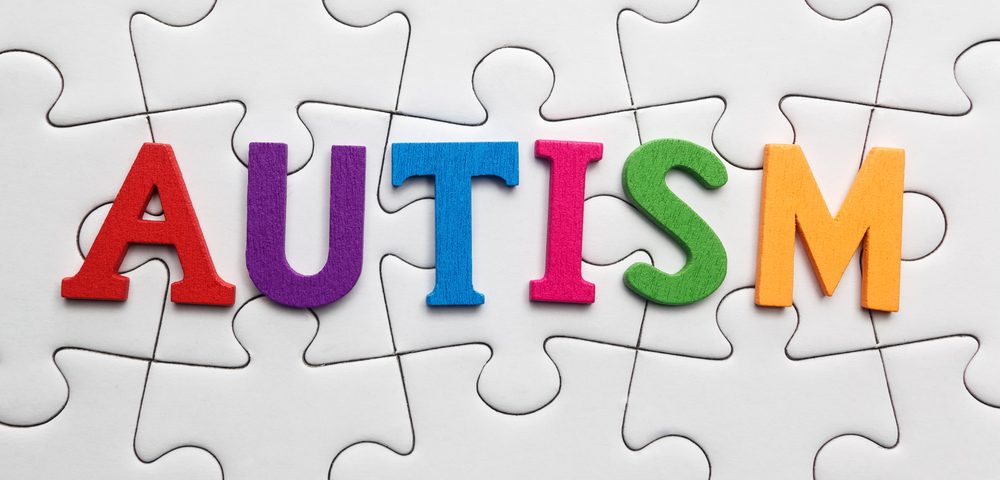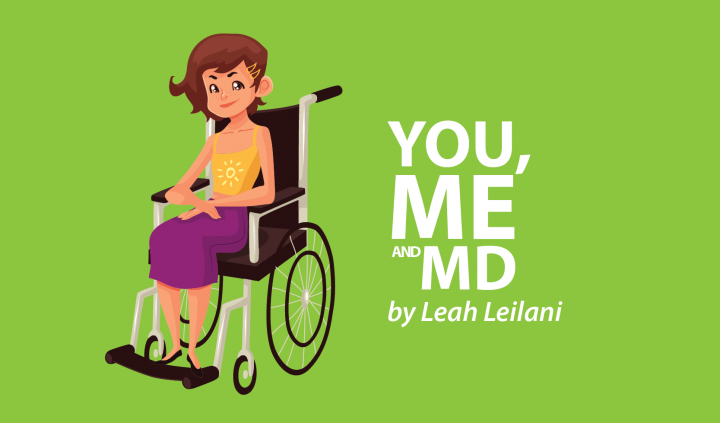Looking at the Complexities of Mitochondrial Myopathy and Autism

Initial misdiagnosis is a common experience of those living with chronic illnesses. Many diseases have similar characteristics, and during the process of elimination, patients can receive an incorrect diagnosis.
In previous columns, I have written about my early developmental delays. I’ve shared my tips for teachers on what to expect with their students with disabilities. In this column, I will share my misdiagnosis of autism.
I began to show unusual behavior at six months when my mother was weaning me off breast milk and introducing me to solid foods. She noticed that I wasn’t interested in food; I was fussy and refused to eat. She brought me to a pediatric primary care physician who disregarded her concerns. Fortunately, a nurse at the doctor’s office overheard the conversation and told my mother about a facility at the University of California, Los Angeles (UCLA) that dealt with early intervention for children with autism.
A physical therapist and speech therapist at UCLA evaluated me and discussed my symptoms with my mother. The therapists picked up on several factors that led them to believe I had autism. They determined that I had low muscle tone and that my jaw and cheek muscles appeared to be hypotonic. The speech therapist told my parents that I might not learn to talk and advised them to integrate American Sign Language into my life. They also discovered that I was attracted to orange-colored foods, such as grated cheese, orange sherbet, and tangelos.
Connect with other people and share tips on how to manage Muscular Dystrophy in our forums!
The therapists experimented with different methods to try to get me to eat. One of these was the purchase of an orange plate. My parents gradually succeeded in introducing many nutritious foods into my diet.
As I grew up, I had difficulties meeting milestones. My parents hung a number chart on my bedroom door. They would ask me to point out a number between one and 100. At the age of 5, it still took me several seconds to complete this simple task.
I’m now 22, and it’s clear that I do not have autism. I believe that my mitochondrial myopathy can explain many of the symptoms I had as a young child. For example, brain fog can explain the reasons for my academic gaps and early developmental delays.
Research has been carried out in recent years about the connection between autism and mitochondrial myopathy. While some children with an autism diagnosis are now being evaluated for mitochondrial disease, screening is not carried out routinely. And it’s important to note that not everyone with autism has Mito, and not everyone with Mito will have autism.
I don’t blame anyone for my misdiagnosis. Complex diseases such as autism and mitochondrial myopathy can be challenging to diagnose. I am relieved that my parents and I received support during that difficult time.
***
Note: Muscular Dystrophy News is strictly a news and information website about the disease. It does not provide medical advice, diagnosis or treatment. This content is not intended to be a substitute for professional medical advice, diagnosis, or treatment. Always seek the advice of your physician or another qualified health provider with any questions you may have regarding a medical condition. Never disregard professional medical advice or delay in seeking it because of something you have read on this website. The opinions expressed in this column are not those of Muscular Dystrophy News or its parent company, Bionews Services, and are intended to spark discussion about issues pertaining to muscular dystrophy.








Leave a comment
Fill in the required fields to post. Your email address will not be published.